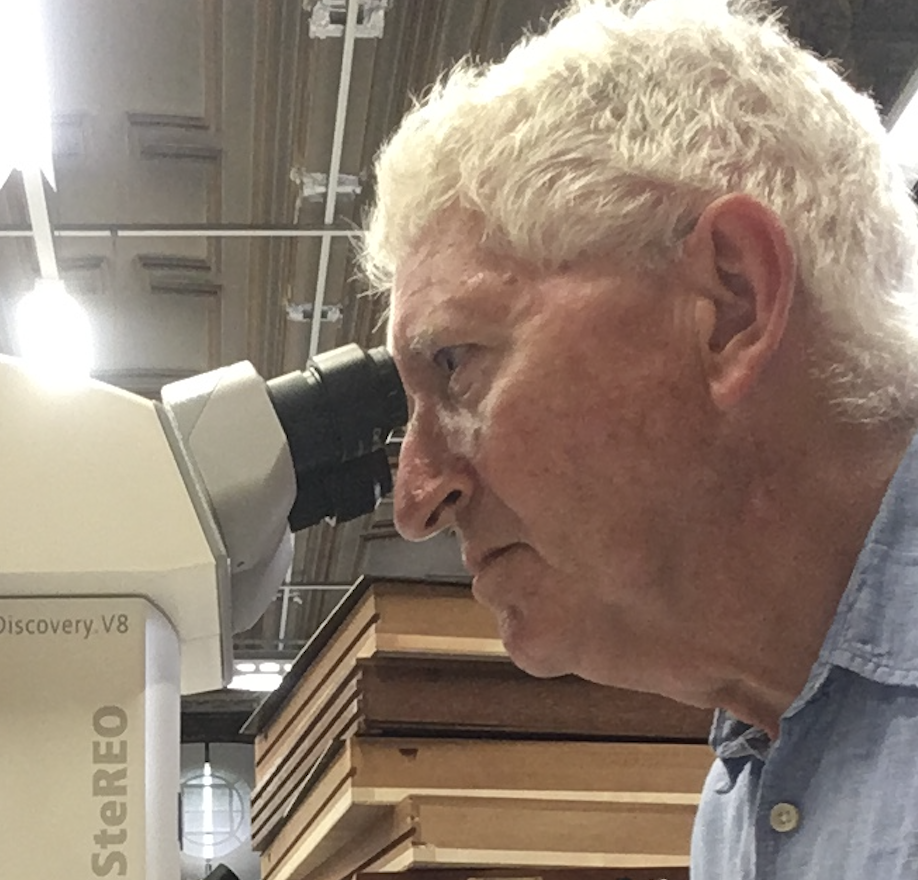Most of our native flowers rely on nectar-hungry insects in exchange for pollen redistribution. Honeybees and bumblebees often get the credit, but there are many more creatures doing this necessary work.
Here is our expert guide on the key insect pollinators to look for in the summer in Britain.
1
Silver y moth

This regular migrant from Europe is unmistakable, with a tufted thorax ridge and vibrant white ‘Y’ mark on forewing. Easily disturbed into rapid low wing-blur flutter, it will knock pollen everywhere.
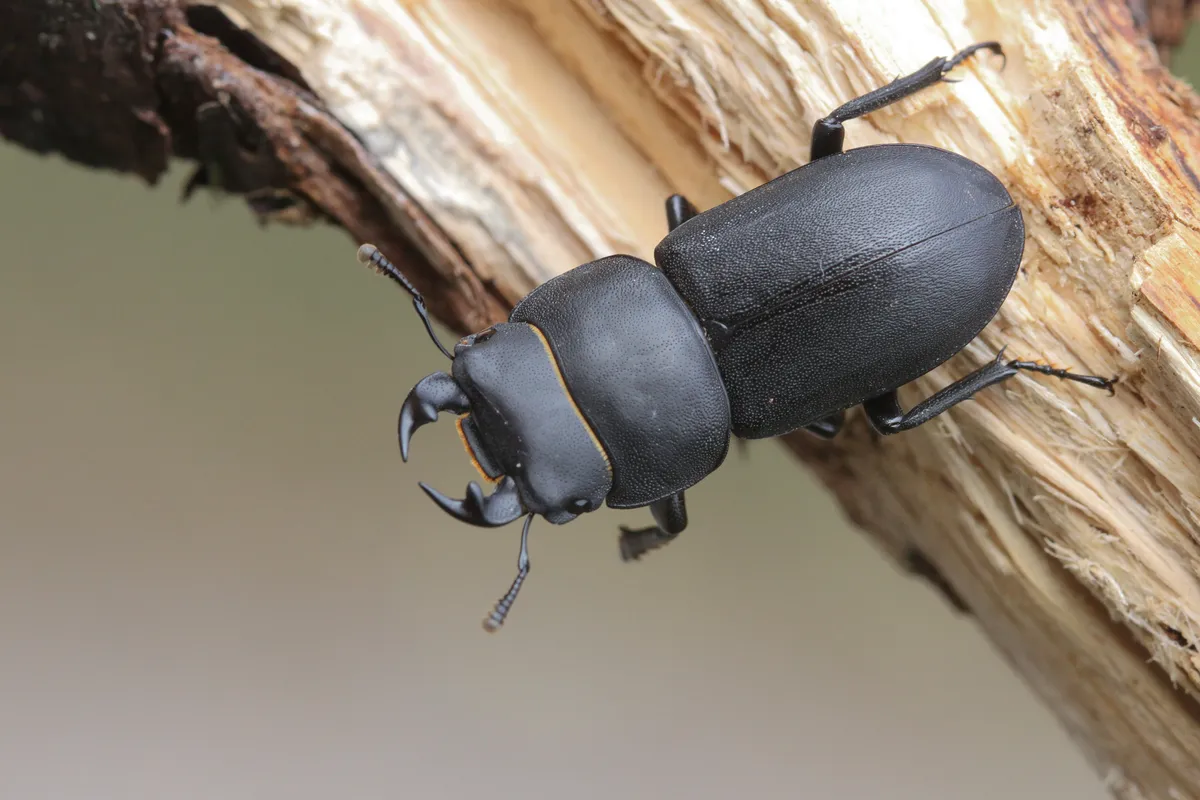
2
Hoverfly
Chrysotoxum cautum
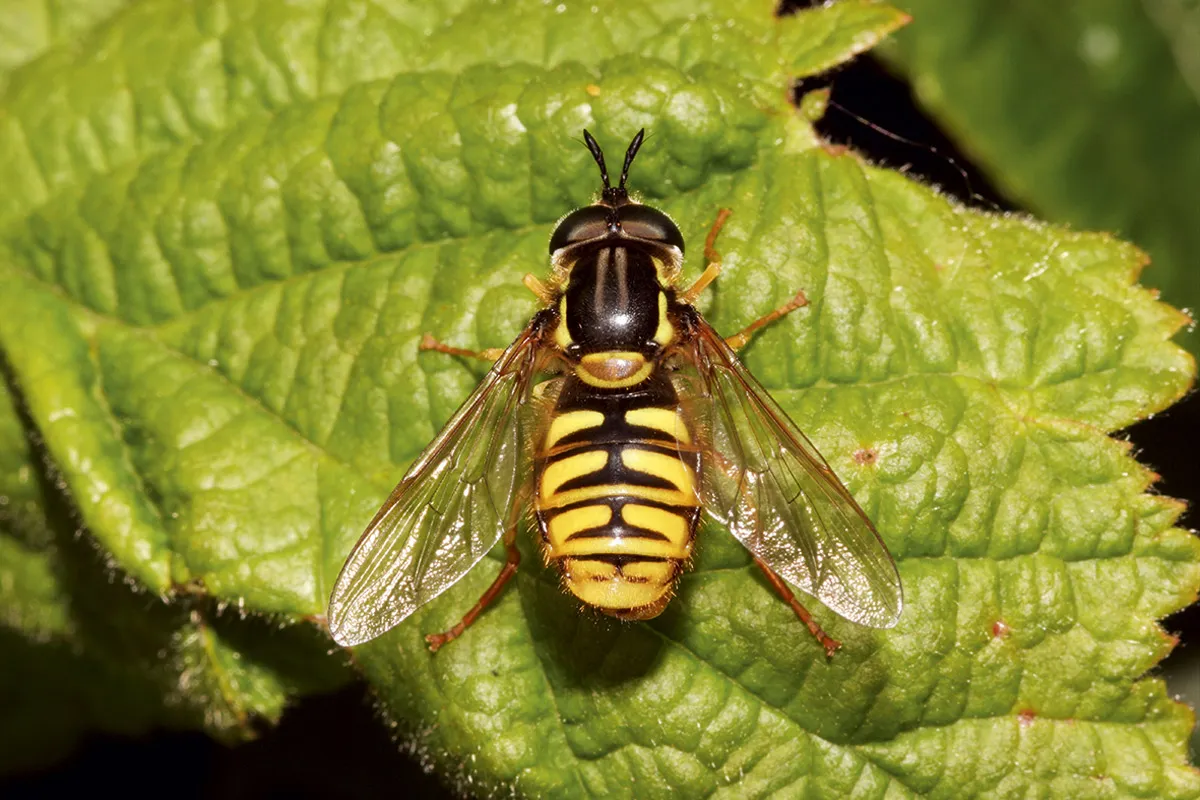
One of many striking yellow-and-black wasp-mimicking hoverflies, this has large
ruby eyes, porrect antennae and broad abdomen. Fond of basking on sunlit leaves.
3
Marmalade hoverfly
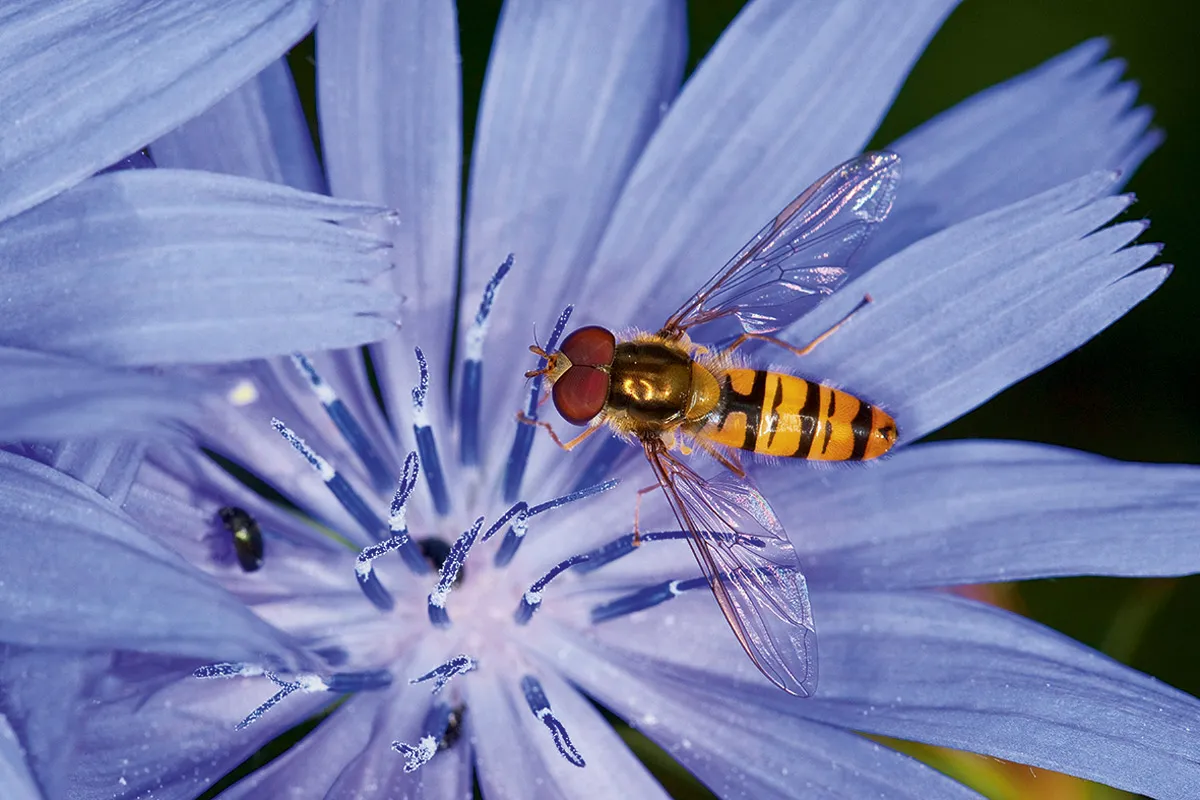
Slim with an orange abdomen, this has
a distinct black moustache marking on each segment. It’s a superb hoverer, but lands on flower to feed, collecting pollen with short blobby mouthparts.
4
Fly
Phasia hemiptera

This denizen of damp meadows and hedgerows has a distinctive fat abdomen and short brown/black wings. Females lay eggs in bodies of shieldbugs, inside which the developing parasitic grubs feed.
5
Tree wasp

Very similar to common wasp, but its face is longer and narrower. An important pollinator of figworts and helleborines,
it attacks flies, caterpillars and aphids, feeding chewed bug parts to its young.
6
Ashy mining bee

One of many species of solitary bee. Females make small burrow nests in the soil and stock a few cells with a pollen-nectar mix for their grubs. It has a short flight period from April to June.
7
Solitary bee
Colletes succinctus
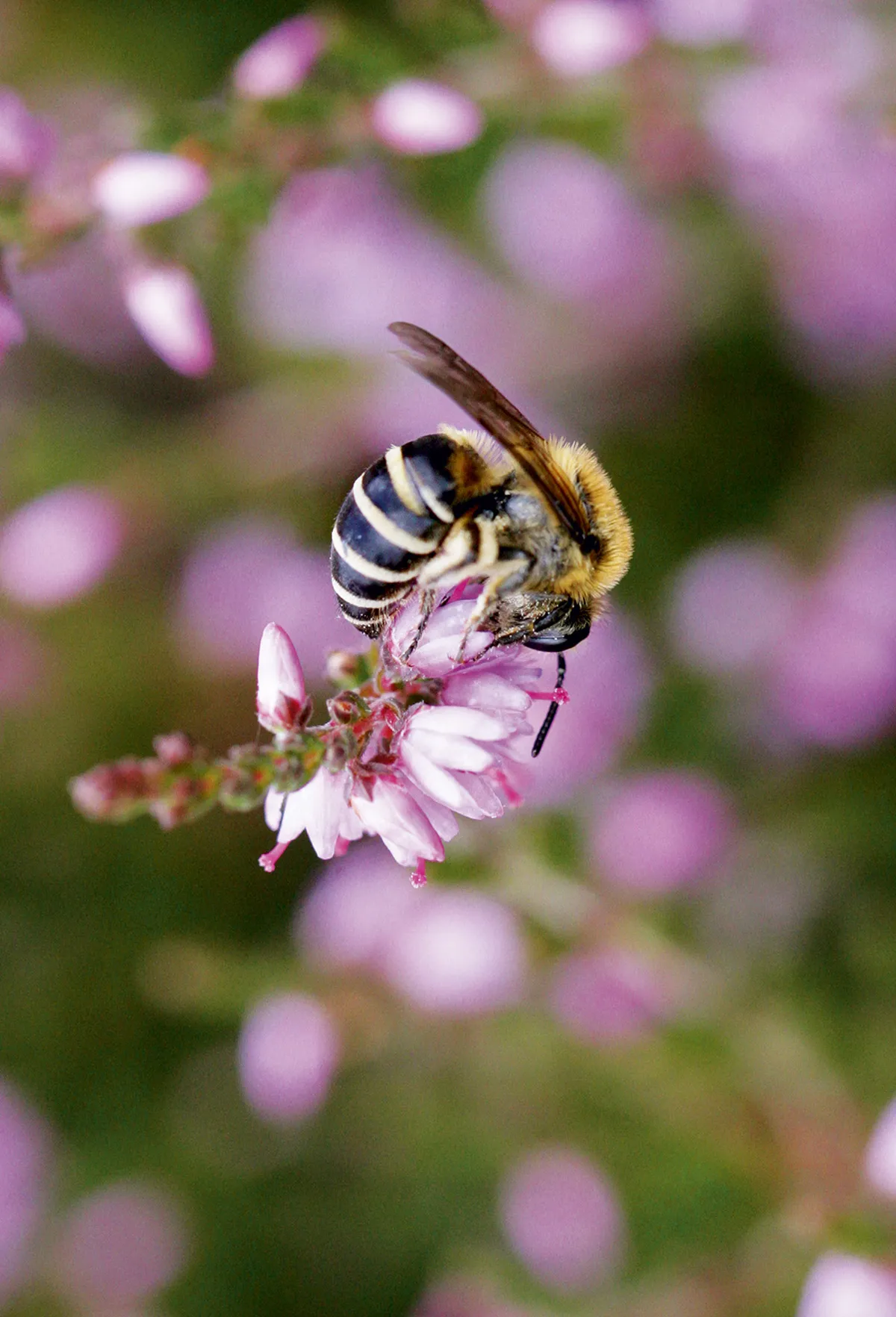
This makes individual nests in sandy ground
and visits a variety of plant species for pollen and nectar. The pale abdomen bands are thick bars of broad feathery frond-like hairs.
8
False oil beetle
Oedemera nobilis
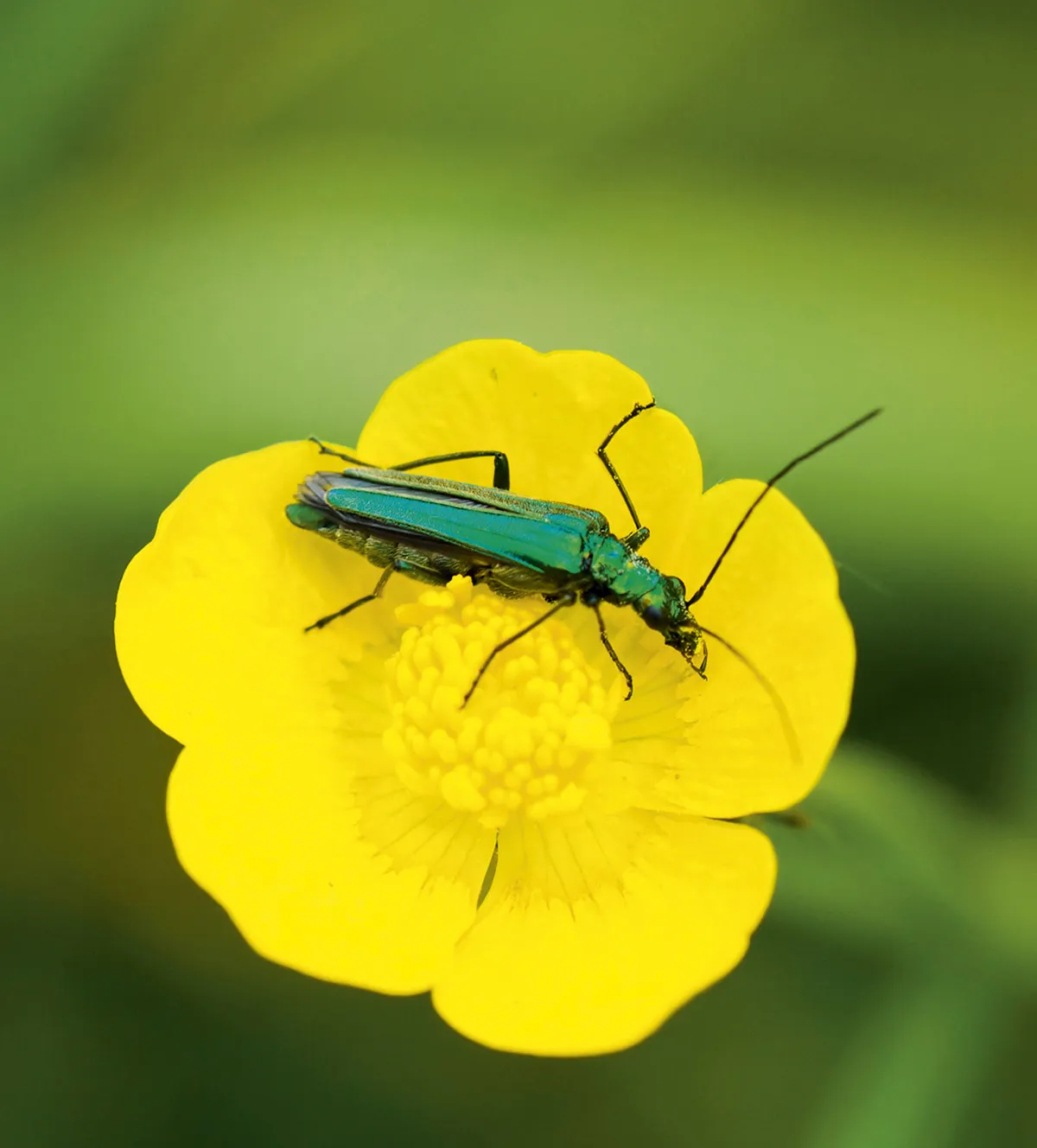
Handsome, shining metallic green. The male has stoutly thickened hind legs, perhaps used for mate-grasping or fighting off rivals. Adults fly between flowers, collecting pollen.
9
Red soldier beetle

The male has smaller, more bulging eyes than female. Pairs stay coupled for hours. The soft grey velvety larvae are secretive predators of small invertebrates in root thatch and loose soil.
